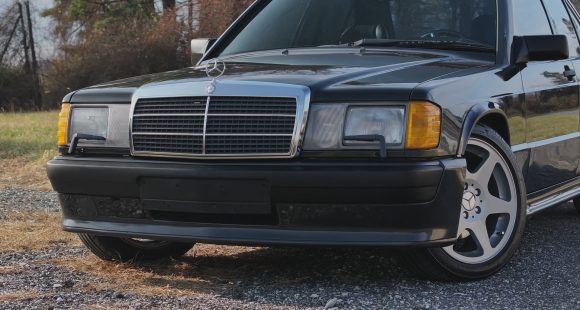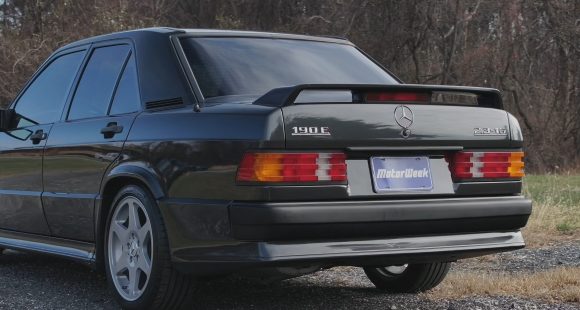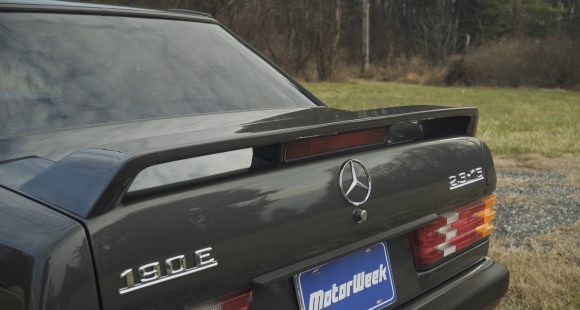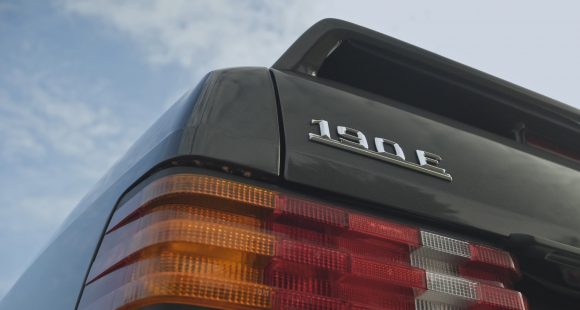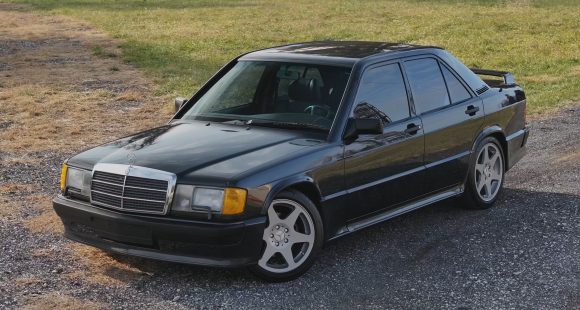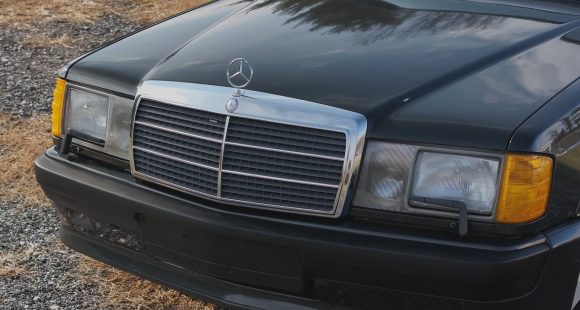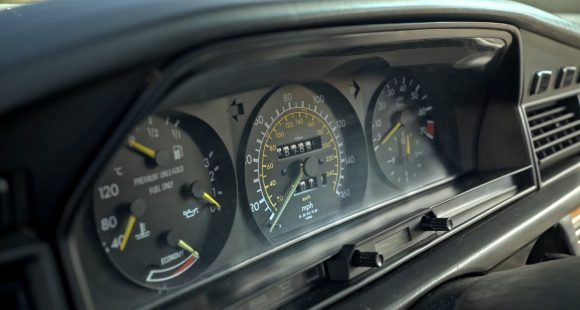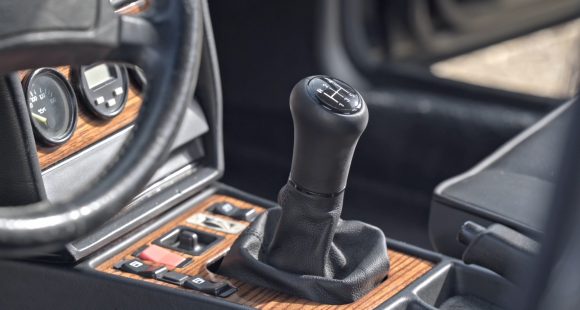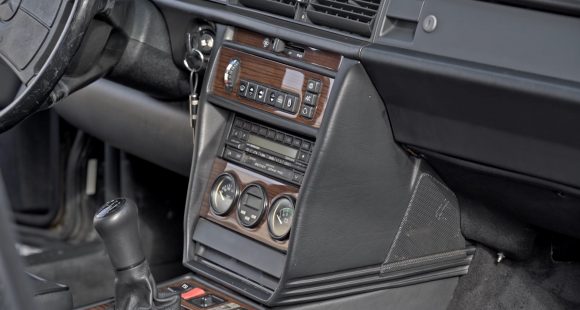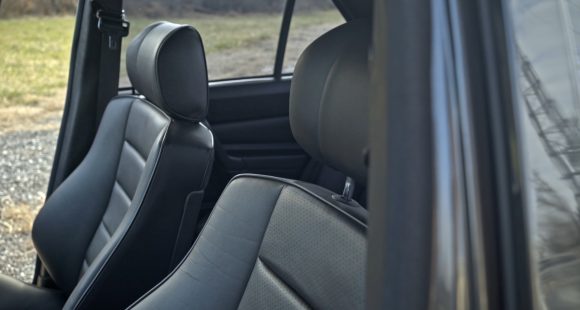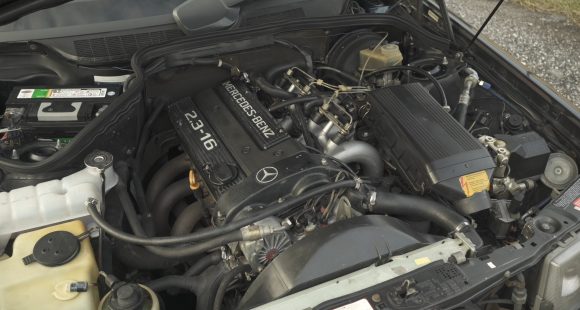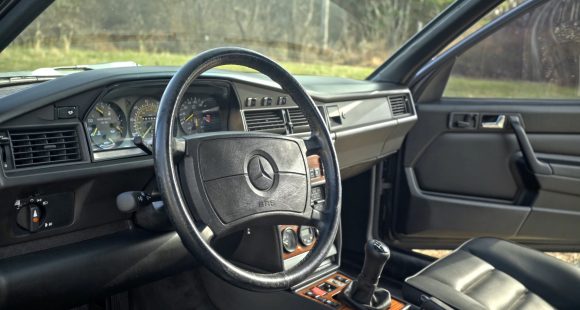Living with an EV
Lots of people like the idea of having an electric vehicle as their daily driver -- at least in theory. Many still have qualms about range anxiety and how owning an EV will affect their daily routines. We’ve been talking to EV owners about these issues and have found plenty of compelling reasons to flip the EV switch!
When asked why they considered buying an electric vehicle, most EV owners point to the environmental benefits - that driving electric means emitting zero tailpipe emissions.
But once people dive into the EV lifestyle, they quickly point out other reasons for not missing their internal combustion cars.
RICHARD HARTNETT: The biggest benefit I think is the extremely low cost of ownership, and of course, the side benefit that it’s extremely healthy to the environment. Because it’s not a gasoline powered vehicle, it’s not spewing any carbon emissions out into the air, which is good for all of us.
 JOYCE BREINER: Part of it was, reducing our emissions. We were on a track trying to reduce our household, our family emissions, and the other part was actually a little bit of a surprise, was they are so much fun.
JOYCE BREINER: Part of it was, reducing our emissions. We were on a track trying to reduce our household, our family emissions, and the other part was actually a little bit of a surprise, was they are so much fun.
ALEXANDER YANEY: So, what I love about this car, is the acceleration. Zero to sixty in 4.2 seconds, which is better than any car I’ve had…
We’ve got to give some credit to Tesla and their Ludicrous Mode for popularizing the notion that electric vehicles can be kick-ass performance cars, and other EV makers are following suit, but even the most basic EV can be fun to drive thanks to their electric motor’s instant-on torque curve.
Sergeant Richard Hartnett of the Hyattsville Maryland Police liked his own Chevy Bolt so much, he lobbied to drive one at work too.
 RICHARD HARTNETT: One of the big advantages of the Bolt as a Police car, is that because there’s no transmission per se in an electric vehicle, when you step on the accelerator, the car just sorta takes right off..and that’s a little different than the gasoline-powered police cars, which have a little bit of sluggishness when they first take off. So, it’s very quick off the line, it’s had no problem keeping up with local chases, the few that we’ve had with it, and it’s very very quiet, so if i have to sorta sneak up on something that’s going on, the bad guys don’t know that I’m there.
RICHARD HARTNETT: One of the big advantages of the Bolt as a Police car, is that because there’s no transmission per se in an electric vehicle, when you step on the accelerator, the car just sorta takes right off..and that’s a little different than the gasoline-powered police cars, which have a little bit of sluggishness when they first take off. So, it’s very quick off the line, it’s had no problem keeping up with local chases, the few that we’ve had with it, and it’s very very quiet, so if i have to sorta sneak up on something that’s going on, the bad guys don’t know that I’m there.
Currently, plug-in vehicle sales in the U.S. account for a very small percentage of all vehicles sold, but we’re starting to see a new generation of drivers for whom nothing else will do!
I started driving on electric vehicles about 8 years ago. I took my driving test in a Nissan Leaf.
And don’t forget, EV’s are not limited to four wheelers..
VANESSA THOMAS: I rode motorcycles for a very long time, I grew up on motorcycles because my parents both ride. When I heard there was electric motorcycles out there, I was intrigued and wanted to find out more.. So I actually rode up to the closest place that had an electric motorcycle for sale, which was in New Jersey, which was a couple hundred miles from where I live, and rode one, and had a grin on my face from ear to ear all day long after that, and just knew i wanted one, so I’ve been riding electric ever since.
 Of course, the other big benefit of electric vehicles is lower cost of ownership and maintenance.
Of course, the other big benefit of electric vehicles is lower cost of ownership and maintenance.
VANESSA THOMAS: I really haven’t had much to fix on it so its been very low cost, very low maintenance.
JOYCE BREINER: In a nutshell, EVs are so much less expensive to own or operate.
It’s about 4 cents a mile to run an EV, and the maintenance is like non-existent you’re not worrying about going to, going to the shop for oil changes or anything like that. And they’ve pretty been maintenance free for us for the most part.
The number of publicly accessible charging stations reached about 26,000 in 2020, offering over 83,500 outlets.
 But most owners we talked to say that bypassing the gas station and “fueling” at home is the greatest benefit of owning an EV. Plug in to a 110-volt outlet and virtually any electric vehicle can be fully charged overnight for a fraction of what a tank of gasoline or diesel would cost.
But most owners we talked to say that bypassing the gas station and “fueling” at home is the greatest benefit of owning an EV. Plug in to a 110-volt outlet and virtually any electric vehicle can be fully charged overnight for a fraction of what a tank of gasoline or diesel would cost.
VANESSA THOMAS: It costs a little over a dollar to charge up from zero to full, so I can get you know 150 miles on a dollar.
For those who’ve made the electric switch, it seems there’s no going back!
JOYCE BREINER: EVs are fun, fun, fun to drive, and they’re easy, they’re safe, too. And I wouldn’t really want to be in anything else.
1986 Mercedes-Benz 190e 2.3-16
Almost 40 years ago, we test drove the then-new Mercedes 190e 2.3-16, the first in what would become a legendary line of performance-focused sedans from the German auto giant. And at the time, we were thrilled by Benz’s ability to balance speed, practicality and comfort. Little did we know that that 190e would kickstart a legacy of thrilling three-pointed-star sports sedans. But how does that classic saloon stack up four decades later? Well, our Roger Mecca decided to find out.
ROGER MECCA: In the 1980s, before Mercedes became synonymous with the performance sub-brand AMG, the giant car company was known for making luxurious but somewhat unexciting sedans. But that doesn’t mean they were okay with simply letting other brands get all the attention.
Occasionally, Mercedes would shake off their stuffiness and make some truly remarkable cars, like the beautiful 300 SL gullwing, but I don’t even think they predicted what would happen when they debuted this, the 190e 2.3-16 valve.
Jatinder Sehmi is the owner of this 1986 Mercedes-Benz 190e 2.3 16V. He saw his first one at just 8 years old and from then on he was determined to have one. And when he finally did grab a set of keys of his own, he was hooked for life.
JATINDER SEHMI: I will never get rid of it. It’s just… it’s, again, it’s so fun to drive. Every time I get in it I just smile, and I just want to keep those revs up 4,000-6,000. It’s… it’s so fun.
ROGER MECCA: One of the reasons his smile never fades is what older performance cars like the 2.3-16 offers drivers that even today’s most powerful supercars sometimes can’t: a true driving connection.
JATINDER SEHMI: It’s a different type of car. They’re way more fun than nowadays. You’re connected with these. These are analog cars. Those cars have a lot of aids, you feel a little disconnected from the newer stuff, and that’s one of the reasons why cars like this, and any 80s and some 90s cars, put such a smile on your face when you drive them. It’s ’cause you’re connected with the car. You feel at one.
ROGER MECCA: That feeling isn’t an accident when you consider the 2.3-16’s origin story. Mercedes chose the small and sedate 190e as the base for its new rally racer, replacing the 450 SLC. Plans were drawn off to have an outside firm tune the engine to 320 horsepower, a massive number in the early 80s; but before Mercedes could even hit the dirt, Audi unleash the now legendary four-wheel-drive Quattro. Mercedes knew it’s rear-wheel-drive sedan could never keep up. Leadership wanted to scrap the whole thing, but engineers saw the racing potential and convinced executives to enter the car into the DTM German Touring Car Championship. It was a huge success, but more importantly touring car rules dictated that Mercedes had to make the 2.3-16 available to consumers.
Now, you might be wondering “well, where was AMG in all of this,” right? I mean, for the last forty years, if you think about a fast Mercedes you think about AMG. But in the early 1980s, AMG was just another race tuning company. They were completely independent from Mercedes. So, when Mercedes wanted to go after the best of the best tuning companies, they called Cosworth.
The Cosworth relationship was short lived with AMG tuning the 2.3-16 successor, the 2.5-liter, which saw even more power and more modifications. The nearly 9-second 0-60 time isn’t impressive today, but this car was never about speed off the line. The 16-valve inline-four loves to rev, and when it gets going the speed and fun arrive quickly.
There was a perfect little sweet spot in the power band between around four- and seven-thousand rpm where this little Cosworth engine really comes to life, and it makes you want to go faster and drive harder. And thankfully, Mercedes made sure the chassis was up to the task.
In fact, in our 1986 review, we described the ride as firm but never harsh, making it the most nimble Mercedes we’ve ever driven. Mercedes used a then-advanced suspension featuring a five-link rear end with self-leveling shock absorbers, while tightening up everything else from the shocks to the stabilizer bars. They also added a wing, skirts, wheel flares, and attached splitters and an air dam to keep it all planted. Large ventilated ABS brakes were also used, allowing the car to stop remarkably well. Once inside, owners found a dog-leg five-speed shifter with long throws that’s perfectly fine being rushed aggressively. The back seats were just as bolstered as the front, which means that this four-door is strictly a four-seater.
Our original 1986 review stated that the 2.3-16V set a performance precedent for Mercedes. Today, that performance and excitement is still delivering plenty of smiles, proving age really is just a number.















